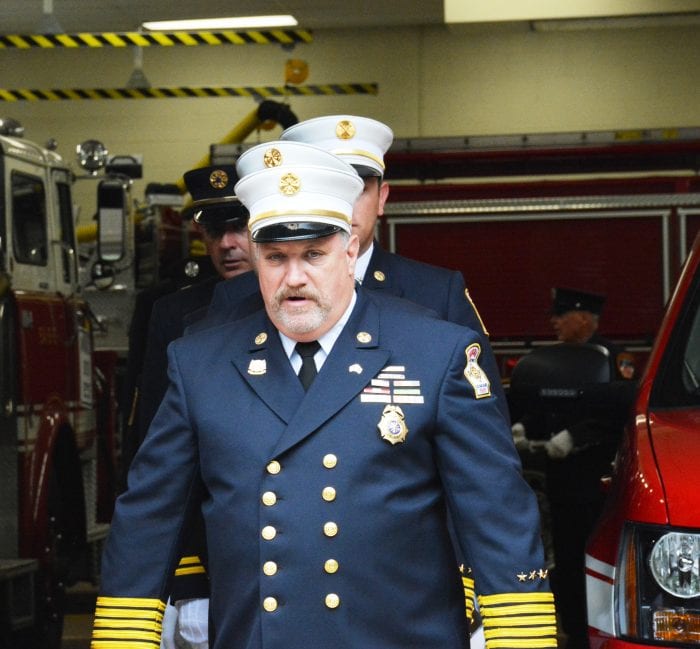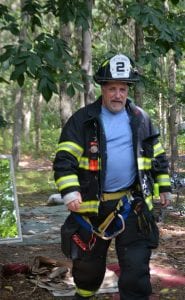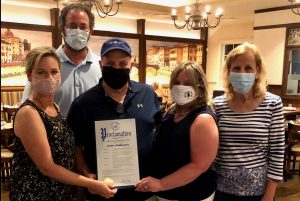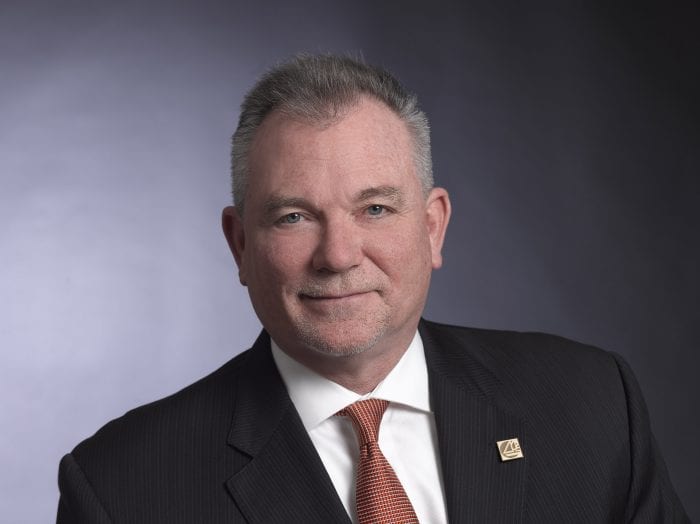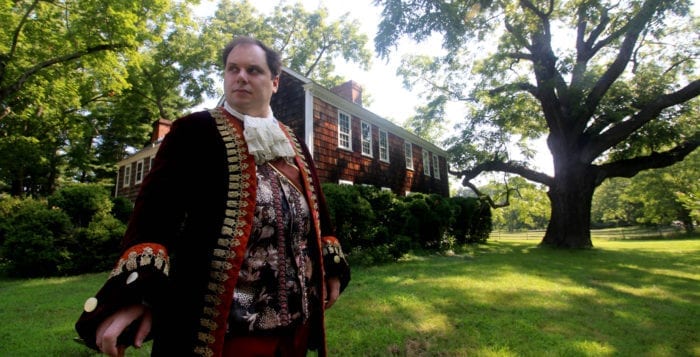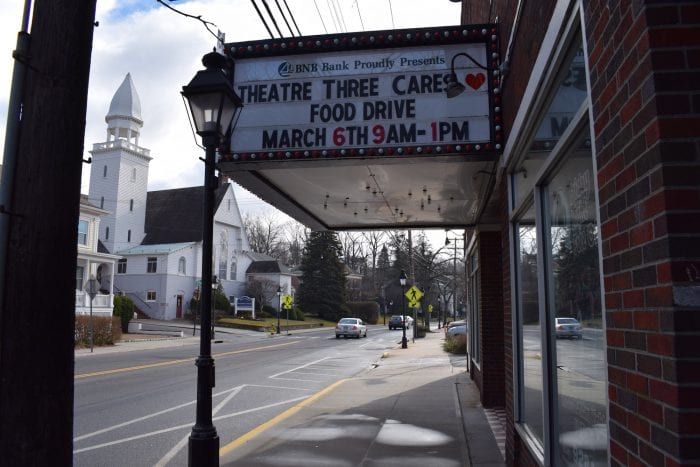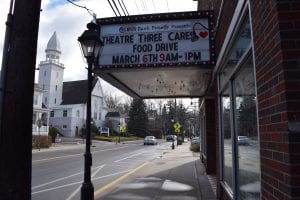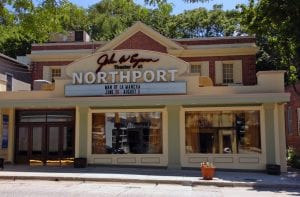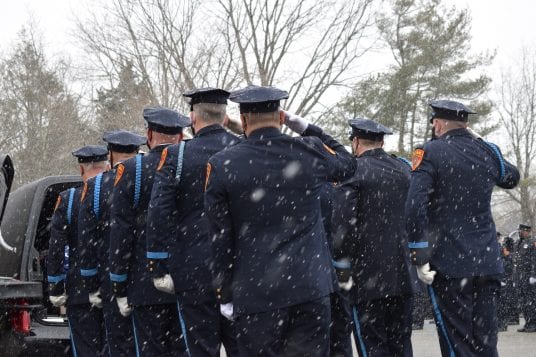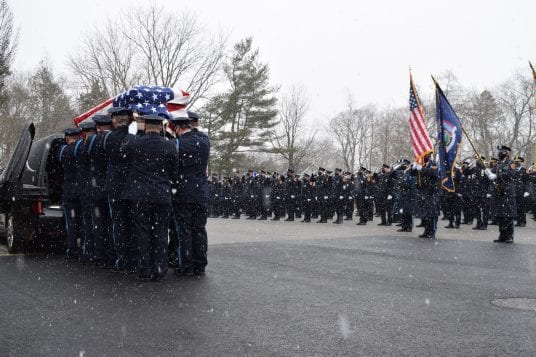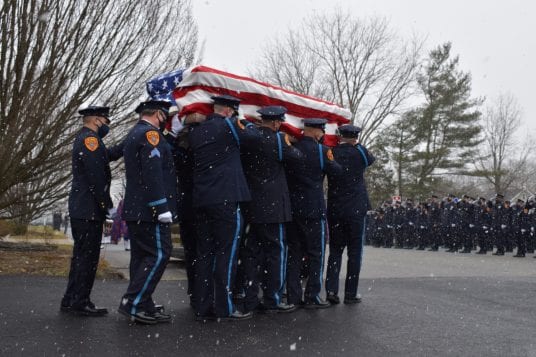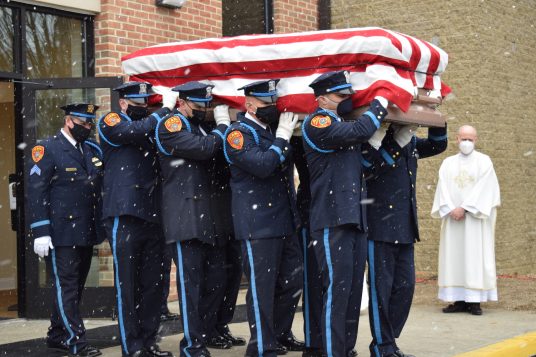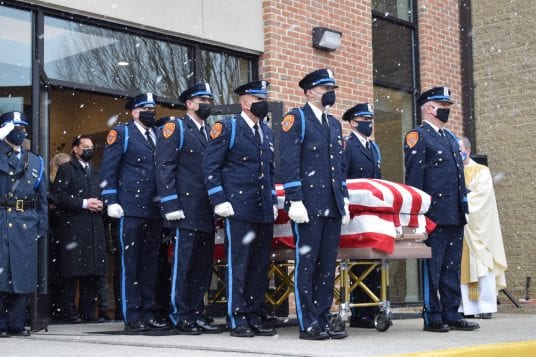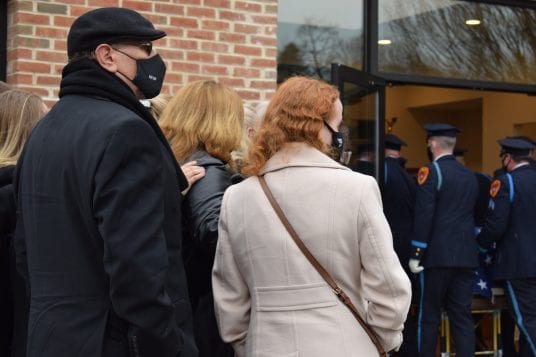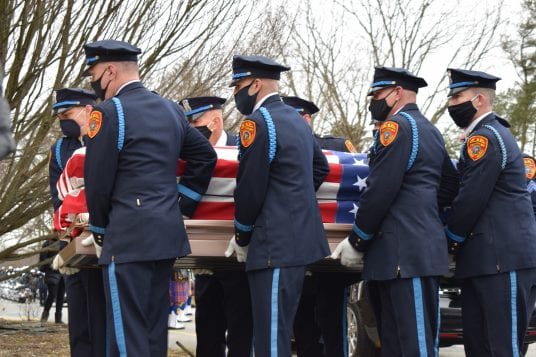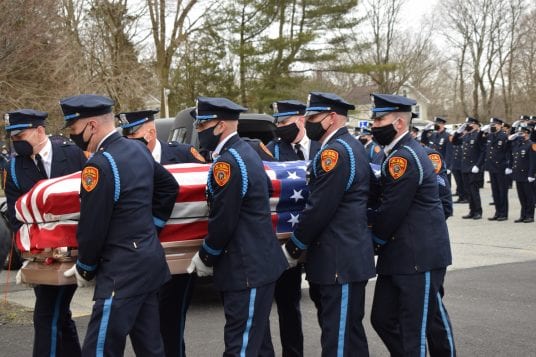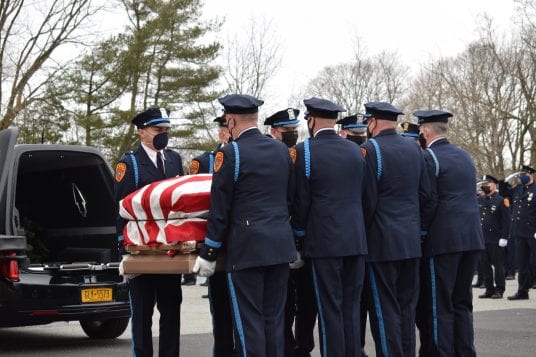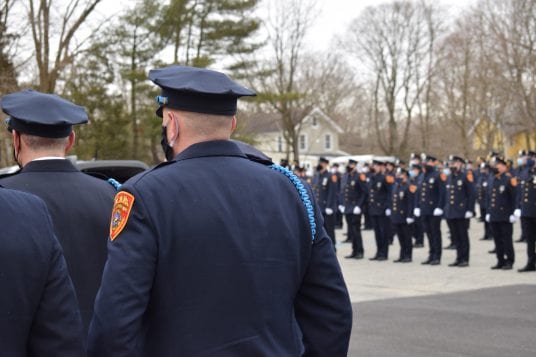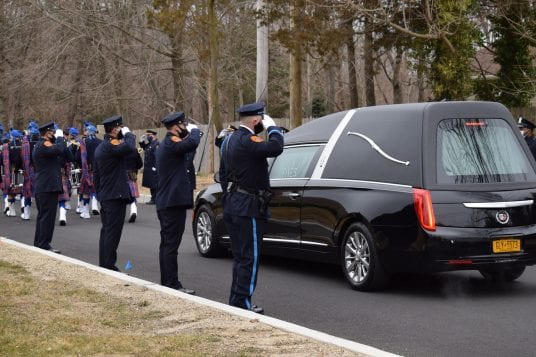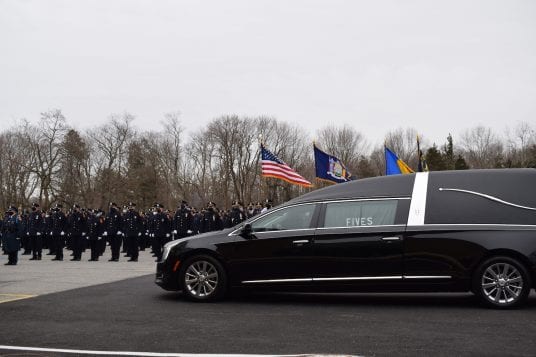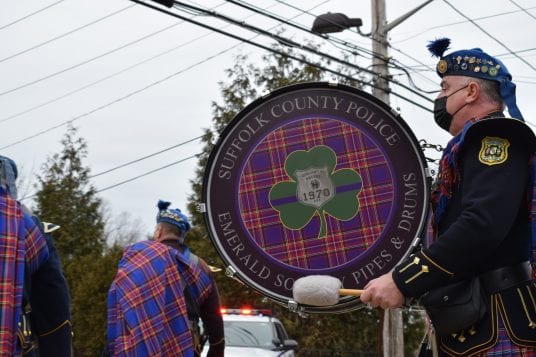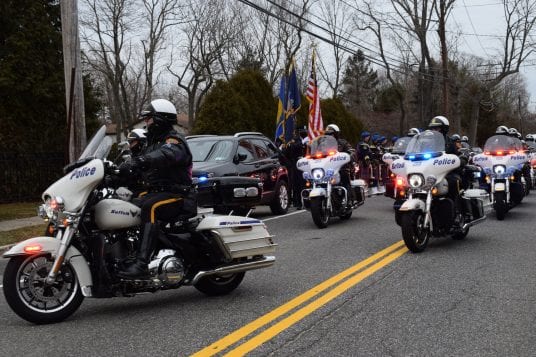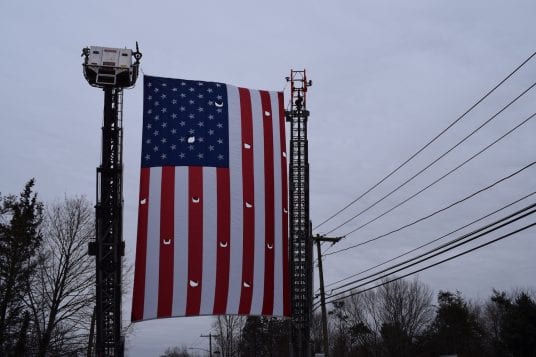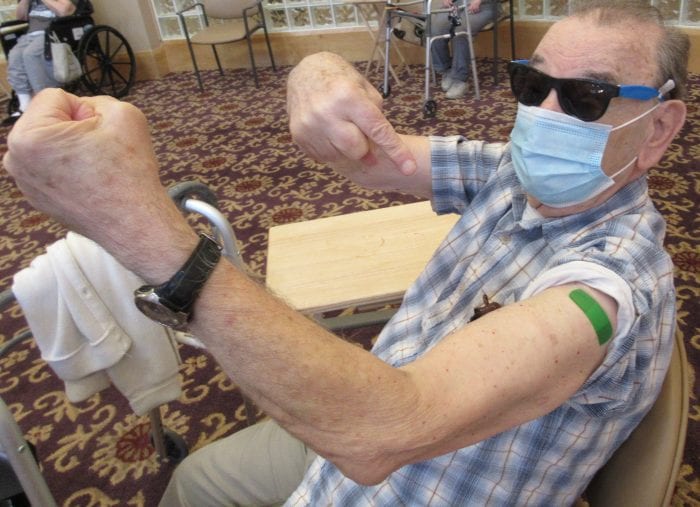Doug Jansson finally got to spend Christmas with his family — nearly two months after the holiday.

On Dec. 12, the 42-year-old pastor was brought into Stony Brook University Hospital after he and the rest of his family contracted COVID-19 in late November. He was intubated in the Intensive Care Unit on Christmas Eve, and placed on life support where it was thought he wasn’t going to make it.
“I think I remember him being sick only a handful of times in the 20 years we’ve been married,” his wife, Kelly, said back in January. “When we got COVID, he was worried about me — nobody was worried about him getting hit this hard.”
But now, the lead pastor of Living World Church in Hauppauge is back home in Smithtown after 63 days.
On Feb. 12, the father of three was wheeled out of St. Charles Hospital in Port Jefferson, where he was undergoing rehabilitation for nine days, since being discharged from Stony Brook on Feb. 3. Jansson said he was able to get up and walk out because of prayer.
Early on in the pandemic, Jansson organized prayer parades with his church, often visiting local hospitals to support essential workers and victims of the virus.
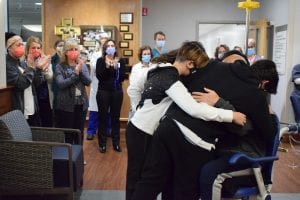
But then he became ill, himself. After being in the ICU for not even two days, he began complaining of severe pain. A CT scan revealed a pleural effusion (fluid in the chest), a secondary pneumonia, pleurisy and a small pneumothorax (air in the chest). His right lung collapsed.
That’s when his wife knew she had to share his story. Kelly logged into his Facebook account and began updating his friends, family and followers of his progress. Some days were better than others, but one thing she kept asking of everyone was to keep praying.
Kelly said she began receiving messages from people all over the world, telling her they were keeping Doug in their thoughts and prayers. Now he’s finally home.
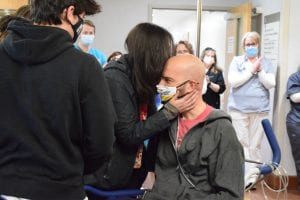
Feb. 12 was always a special day for the couple, Kelly said outside St. Charles Hospital the day of his release. Twenty-one years ago, on the same date, he proposed to her.
And to celebrate his release, nearly 100 people gathered outside with balloons, signs and streamers to cheer the pastor on as he got in his car, ready to go home.
“I’m thankful that we’re here and so grateful,” Doug said before he addressed the crowd outside. “I know that God has set it up to be just a miracle and something that we can’t express that we know we don’t deserve. But he’s giving, so we’re really thankful.”
When asked how this whole experience made him feel, his voice broke.
“I would say two words keep coming to mind when people ask me that,” he said. “One is painful. It’s been very difficult, fighting through this and being away from my family. But the other word is, in a weird way beautiful, because I’ve gotten to see doctors and nurses and health care people in a different light and really get to know them.”
He said the essential workers have been there for him and his family.
“I also feel like God’s put me through this to try to be there for them, to encourage him, pray for and bless them,” he added. “I know that, for whatever reason, this story has impacted people and, you know, that makes going through it worth it because I know people are being drawn to Jesus.”

Nearly a week home, one of his first requests, he said, was to get a slice of pizza from Ciro’s in Smithtown. And on his way home, the pizzeria donated two large pies to the family to celebrate his homecoming.
The family was finally able to celebrate Christmas, and their dog, Chewy, was so happy to see his dad again.
“He’s doing really well,” Kelly said on Feb. 15 in a phone interview. “He’s working so hard on getting stronger. There’s still a way to go, but we will help him get there.”
And Doug said his couldn’t have done it without the support from his family, church, faith and the prayers from strangers.
“I am so grateful to God to be home with my family after all this time,” he said. “We are enjoying every second of it.”


